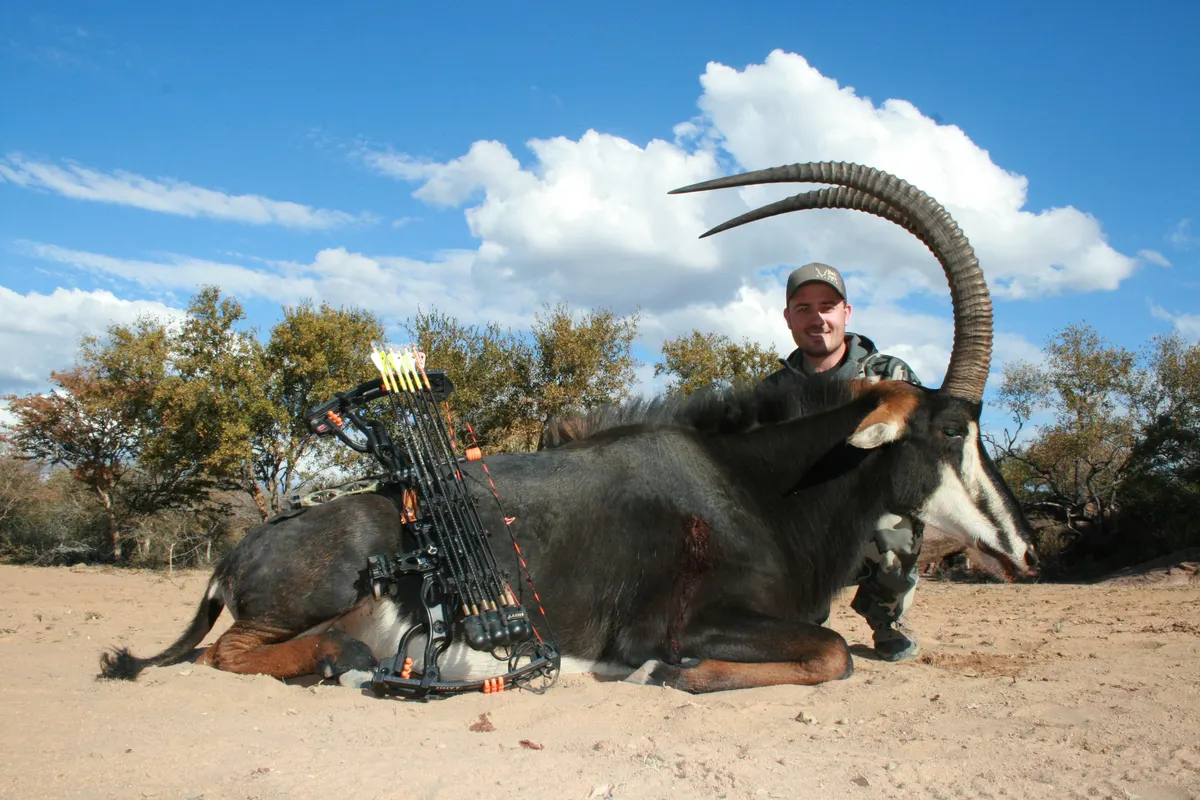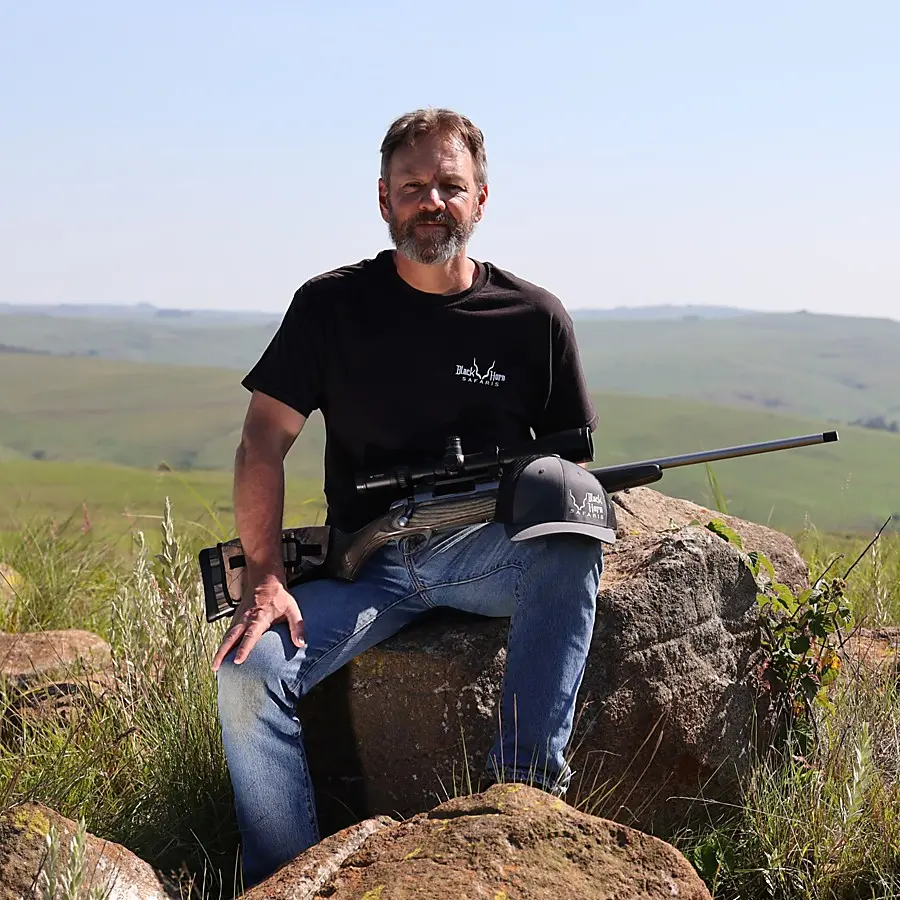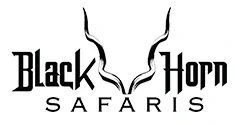
Bow hunting is a cherished tradition and a thrilling sport enjoyed by enthusiasts worldwide. However, in South Africa, where wildlife conservation is of paramount importance, bow hunting regulations play a critical role in maintaining a delicate balance between preserving the environment and allowing hunters to engage in their passion responsibly. In this comprehensive guide, we delve deep into the bow hunting regulations in South Africa, shedding light on why they are crucial and what they entail.
The Significance of Bow Hunting Regulations
Bow hunting regulations in South Africa exist for a reason, just as road usage regulations are in place to ensure safety and order on our highways. The world of bow hunting has undergone significant advancements over the years, with modern technology enhancing the capabilities of bows and arrows. Bows have become faster, arrows stronger, and bow velocities higher. While this evolution allows for more efficient hunting, it also raises concerns about ethics and sustainability.
As kinetic energy increases, smaller bows can now effectively hunt larger animals, potentially disrupting the natural balance. It becomes imperative to regulate bow hunting to prevent overexploitation and ensure the welfare of both hunters and wildlife. The challenge lies in keeping legislation aligned with the ever-evolving landscape of bow hunting equipment. Notably, not all hunters are created equal, and physical limitations must be considered. For example, a petite individual may struggle to draw a bow with an 80-pound draw weight, while a 30-pound bow will be inadequate for hunting dangerous game species.
To address these complexities, specific minimum requirements have been established for bow hunting different-sized animals. Below, we outline the most recent bow hunting regulations in South Africa to provide clarity and guidance.
DEPARTMENT OF ENVIRONMENTAL AFFAIRS
NATIONAL ENVIRONMENTAL MANAGEMENT: BIODIVERISTY ACT, 2004 (ACT NO. 10 OF 2004)
DRAFT NORMS AND STANDARDS FOR THE REGULATION OF THE HUNTING INDUSTRY IN SOUTH AFRICA
Permissible Bows for Bow Hunting in South Africa
When engaging in bow hunting in South Africa, it’s essential to know which types of bows are permissible. The following bows are acceptable for bow hunting in South Africa:
- Longbow
- Recurve Bow
- Compound Bow (excluding a compound crossbow)
These bows have been deemed suitable for ethical and sustainable bow hunting practices in the country.
Categories of Wild Animals for Bow Hunting in South Africa
Bow hunting regulations in South Africa categorize wild animals based on their size and the equipment required to hunt them humanely and effectively. The following are the categories of wild animals for bow hunting, along with the corresponding bow requirements:
Category 1: Small Game
- Game Birds
- Small Carnivores
- Hares
- Hyraxes (Dassie)
- Rabbits
- Pygmy Antelope (Blue Duiker, Red Duiker, Steenbok, Gray Duiker, Klipspringer)
Category 1 Bow Requirements:
– Bow with a minimum draw mass of 40 pounds
– Bow generating a minimum kinetic energy of 30 ft/lbs
– Minimum arrow weight of 300 grains
Category 2: Medium Game
- Reedbuck
- Impala
- Blesbuck
- Warthog
- Busgpig
- Springbuck
- Nyala
Category 2 Bow Requirements:
– Bow with a minimum draw mass of 50 pounds
– Bow generating a minimum kinetic energy of 50 ft/lb
– Minimum arrow weight of 400 grains
Category 3: Large Game
- Blue Wildebeest – King/Royal Wildebeest
- Black Wildebeest – Golden Wildebeest
- Kudu
- Gemsbok
- Zebra
- Waterbuck
- Sable
- Hartebeests (Red Hartebeest, Lichtenstein’s Hartebeest)
Category 3 Bow Requirements:
– Bow with a minimum draw mass of 60 pounds
– Bow generating a minimum kinetic energy of 60 ft/lbs
– Minimum arrow weight of 500 grains
Category 4: Cape Buffalo
Category 4 Bow Requirements for Cape Buffalo:
– Bow with a minimum draw mass of 80 pounds
– Bow generating a minimum kinetic energy of 80 ft/lb
– Minimum arrow weight of 750 grains
Category 5: Giraffe
Category 5 Bow Requirements for Giraffe:
– Bow with a minimum draw mass of 90 pounds
– Bow generating a minimum kinetic energy of 90 ft/lbs
– Minimum arrow weight of 750 grains
Additional Norms for Bow Hunting Equipment
In addition to the requirements for specific categories of animals, certain norms and standards apply to bow hunting equipment in South Africa:
– In the case of mechanical broad heads, 5% additional kinetic energy is required for Category 1, 2, and 3 wild animals.
– Broad heads must have at least two cutting edges to ensure a humane kill.
– The minimum permitted arrow length is 50 cm / 20 inches .
These norms and standards, known as the National Norms and Standards for the Regulation of the Hunting Industry, 2009, are designed to promote ethical and sustainable bow hunting practices.
In conclusion, bow hunting regulations in South Africa are designed to strike a delicate balance between the thrill of the hunt and the preservation of wildlife and ecosystems. Understanding these regulations is essential for all bow hunters, as they ensure that the pursuit of this ancient art remains both responsible and respectful of nature. By adhering to these guidelines, we can enjoy the beauty of South Africa’s wilderness while safeguarding its treasures for generations to come.

Adrian Anderson first obtained his Professional Hunters license in 1991. He is a Big Five and Dangerous Game licensed Professional Hunter and Hunting Outfitter. He has a tremendous love for wildlife and the African bush and enjoys sharing his knowledge with the hunting clients that he guides. Guiding hunters in Africa’s wild places is a passion and seeing them succeed with their goals brings satisfaction. With knowledge of the Safari industry built up over 32 years he is well qualified to give guidance to his hunting clients.
